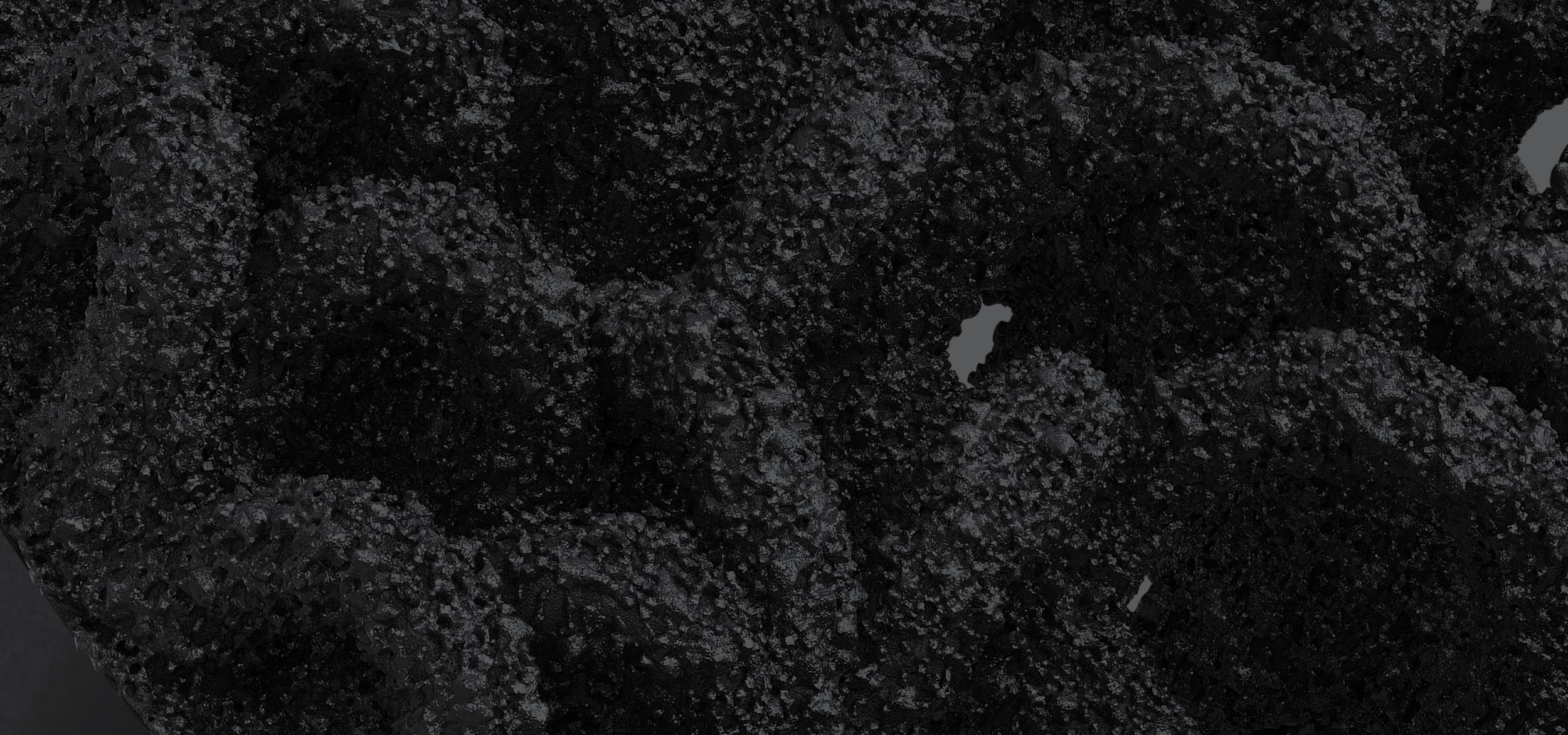SPIRA 3D printed titanium interbody devices with engineered specificity in arch design and surface structure provide unique characteristics for optimized interbody fusion through distribution of loading, cellular attachment, biological response and through fusion not seen in traditional interbody cages. SPIRA design features optimize the biological interaction, biomechanics, and resulting fusion by optimizing the mechanobiologic environment.¹

A Future Inspired By The Past
Arches date back to the early Mediterranean civilizations, Mesopotamia, Greece, Persia, and Ancient Italy. However, these civilizations’ arches were mainly reserved for underground architecture and drainage systems to disperse the force from the earth above it. The Romans adopted the Arch from the Etruscans of Tuscany and were the first to use it more widely. Using the Arch allowed the Romans to build longer roads, more significant buildings, and stronger aqueducts. The Arch now proves to be a powerful design feature of SPIRA spine interbody fusion devices.

The Power Of The Arch
SPIRA’s architecture exploits the advantages of arch design which distributes load to create strength while minimizing titanium volume and allowing maximum space for bone graft packing and ultimately through-bone growth. SPIRA’s arches are optimized, providing physiologic compressive forces while reducing the tensile forces. Moreover, the biconvex arched design provides immediate and directional fixation with substantial bone contact creating a “snowshoe effect” which allows for surface area distribution of the loads thereby decreasing the probability of subsidence.²

Surface By Design®
SPIRA’s hierarchal surface provides immediate stability with features designed for significant friction to help prevent motion. The roughened titanium surface encourages bone cell proliferation and promotes “mechanical fusion” bone ingrowth for short-term stability, using trabecular, bone-like surface design, with an average pore diameter of 500µm.
Surface By Design® 10µm
Surface By Design® 1µm

SPIRA®-C
Open Matrix Cervical Interbody
SPIRA®-C Integrated
Integrated Fixation System
SPIRA®-A
Open Matrix ALIF
SPIRA®-A Integrated
Integrated Fixation System
SPIRA®-L
Open Matrix LLIF
SPIRA®-O
Open Matrix OLIF
SPIRA®-P
Posterior Lumbar Spacer
SPIRA®-T
Oblique Posterior Lumbar Spacer
SPIRA®-V
Open Matrix Corpectomy System
[1] Brewer L, Schaer TP. (2021). Comparative Evaluation of Spinal Implants Using an Ovine Lumbar Interbody Fusion. (Unpublished Comparative Orthopedic Research Study). University of Pennsylvania School of Veterinary Medicine.
[2] Kowalski RJ, Ferrara LA, Benzel EC. Biomechanics of bone fusion. Neurosurg Focus. 2001 April15.




















